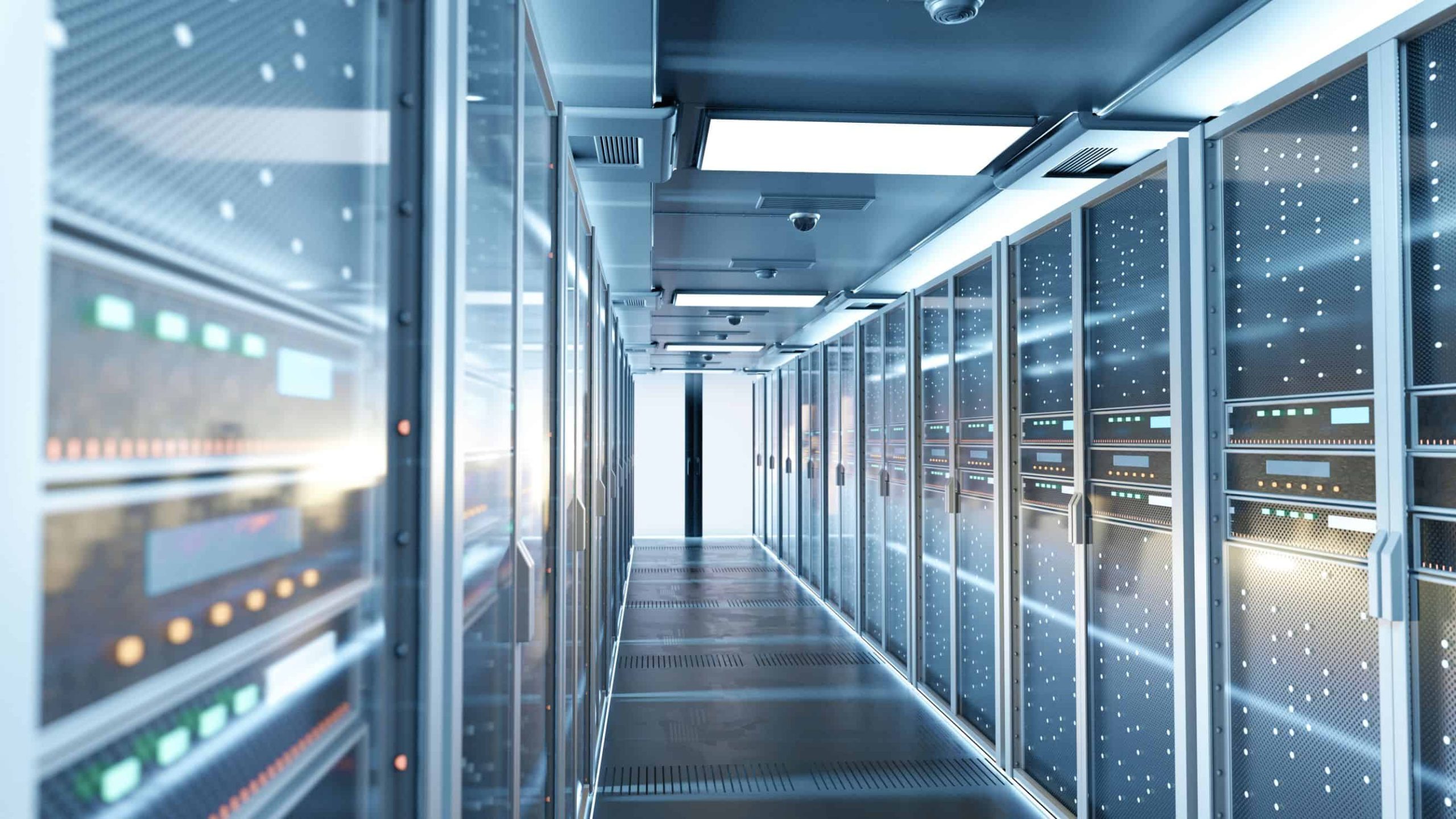Why the Data Center is Dead Nor Dying
Connectria
Author
Date
September 5, 2019

I keep seeing predictions of the demise of the traditional data center. For example, in one Gartner article, analyst Dave Cappuccio wrote, “By 2025, 80 percent of enterprises will have shut down their traditional data center, versus 10 percent today.”
Quotes like these are often (mis)used by futurists and IoT advocates to promote concepts like edge computing. In its simplest form, edge computing means moving workloads closer to the customer to reduce latencies. In many of these articles, they’re talking about placing workloads on the devices themselves. I think it’s a little premature to publish an obituary for the traditional data center just yet, and here’s why.
Differences Between Data Centers
First, let’s differentiate between a traditional data center and an on-premises data center. If by traditional data center you mean an on-premises data center owned and operated by the organization whose systems it houses, then yeah, I think the end is in sight. But even then, you still have workloads that organizations want to keep on-premises for one reason or another. For example, many of our customers using the IBM i and AIX platforms contracts with us to manage their on-premises IBM systems remotely.
But, even those who shut down their on-premises data center and migrate workloads to the cloud are often choosing a hosted, private, or multi-tenant cloud. These clouds are still traditional data centers. They are just typically more cost-effective and better managed because those who operate them do so for sometimes hundreds of other customers.
Of course, some organizations choose to go straight to a hyperscale cloud provider like AWS or Azure. Even then, these are still traditional, centralized data centers, albeit quite sophisticated, with resource capacity on a massive scale.
The Future of Data Centers
So, no, I don’t think the traditional data center is dead or even dying. Even so, I agree with the futurists. We are seeing the beginnings of a new type of edge data center that will be necessary for applications that require almost zero latency. Autonomous vehicles and surgical robots are probably some of the best examples. Storing the data and systems on the devices themselves or on cell towers around a city will be required to get latencies low enough.
For most industrial applications, however, housing workloads in a traditional data center will work just fine, especially as 5G increases the bandwidth of the internet. These data centers have additional benefits over their mobile counterparts in that they can’t be stolen – at least not easily! It’s also easier to control cyber and physical security as well as compliance with industry and local regulations.
So, here’s my prediction. I predict the traditional data center will be around for decades to come, thriving beside its upstart counterpart – the edge data center. In the meantime, the traditional, centralized data center still has a lot to offer. Let’s not set it off to the side and forget about it just yet.
Contact Connectria for information.
Keep Reading
Prepare for the future
Tell us about your current environment and we’ll show you the best path forward.
Fast track your project. Give us a call.






